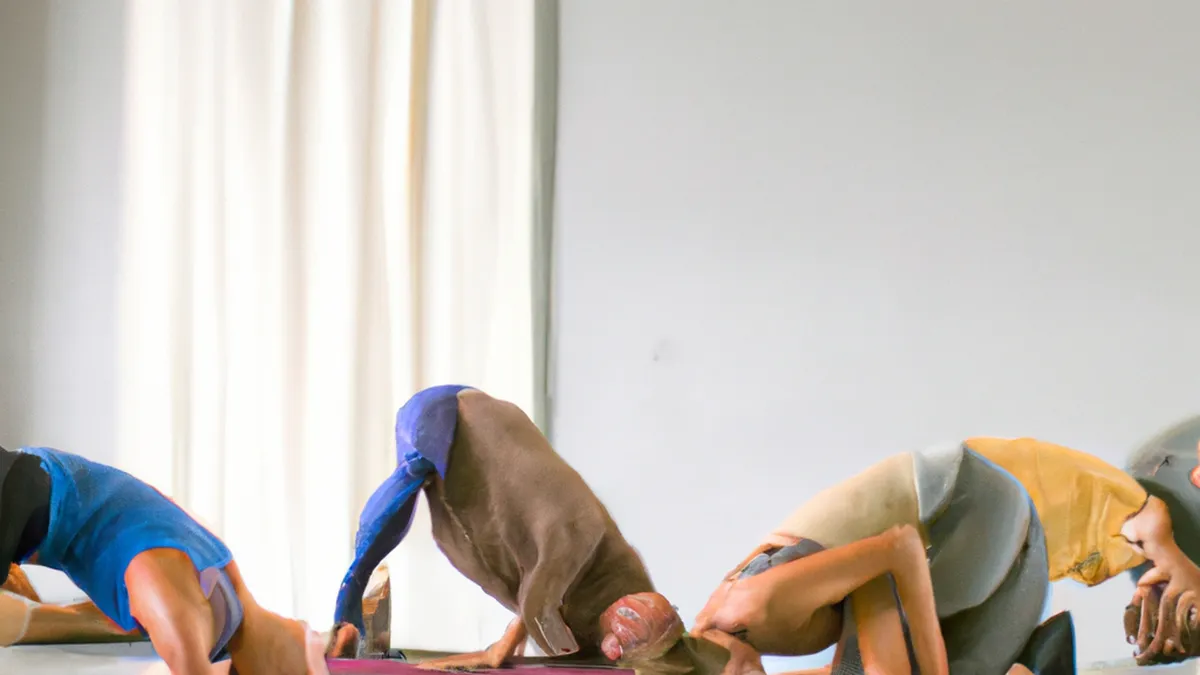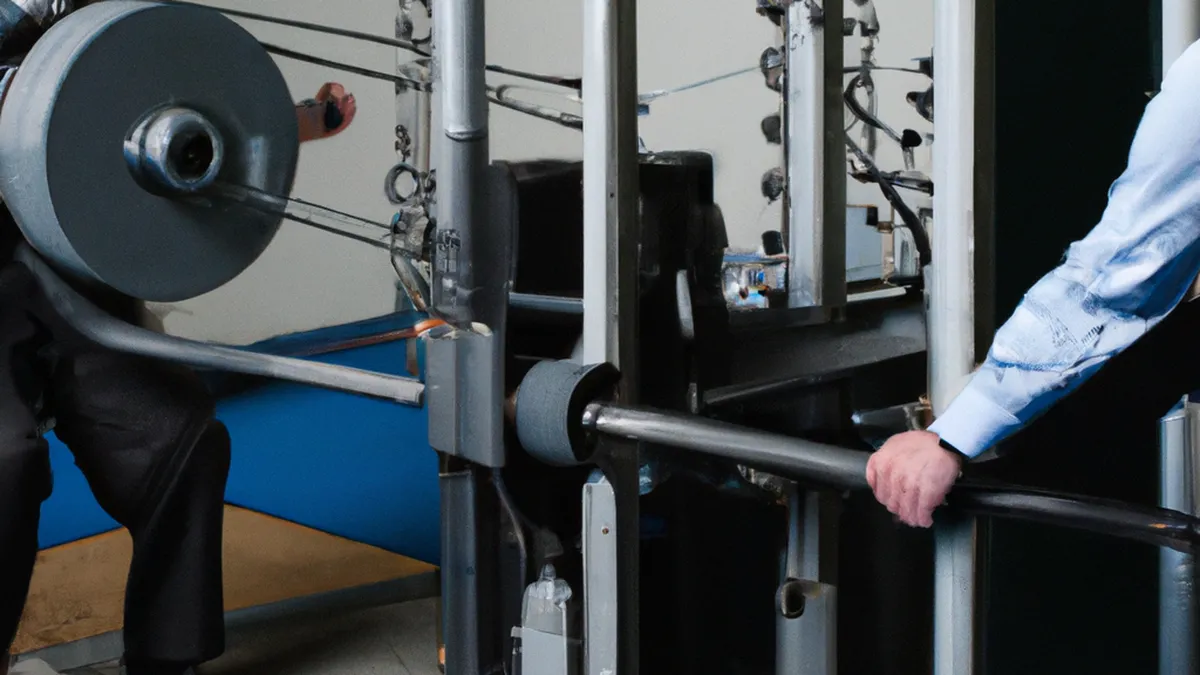Agile Movements: Core Stability Essentials
Core Stability Routines for AthletesAthletes recognize the importance of a strong core. Core stability routines enhance performance and prevent injuries. They also improve balance and overall athleticism. The core consists of muscles that support the spine, pelvis, and shoulders. These muscles enable efficient movement and power generation. This post explores effective core stability exercises, routine tips, and the benefits of a strong core.
Understanding Core Stability
Core stability means maintaining control of the trunk’s position and movement. A stable core helps athletes maintain proper posture for optimal performance. Key muscles include the rectus abdominis, transverse abdominis, obliques, erector spinae, and pelvic floor. Strengthening these muscles forms a foundation for physical activities.
Key Muscles Involved
1. **Rectus Abdominis**: This muscle helps flex the spine and supports overall trunk stability. 2. **Transverse Abdominis**: This deep muscle wraps around the torso, providing vital support for the spine and pelvis.3. **Obliques**: These muscles control rotational movements and lateral flexion of the spine.4. **Erector Spinae**: These muscles support an upright posture and assist with back extension.5. **Pelvic Floor Muscles**: These muscles stabilize pelvic organs during dynamic movements.Understanding these muscles helps athletes target their training effectively.
Tips for Core Stability Routines
As an Amazon Associate I earn from qualifying purchases.
Gear tip: consider sport sunscreen, compression sleeves, and compression socks to support this topic.
Follow these tips for creating effective core stability routines.
Start with the Basics
Begin with foundational exercises that engage multiple muscle groups. Planks, bridges, and bird-dogs serve as excellent starting points. These exercises build a strong foundation for more complex movements.
Focus on Form
Maintain proper form during core exercises. Quality always outweighs quantity. Poor form can cause injuries and ineffective workouts. Engage your core muscles and breathe steadily throughout your workouts to enhance stability and control.
Gradually Increase Intensity
As you gain comfort with your routine, gradually increase the intensity. Add weights or resistance bands, extend static holds, or incorporate dynamic movements. Introducing new challenges keeps your routine engaging and encourages improvement.
Include Functional Movements
Incorporate exercises that mimic movements specific to your sport. For example, runners should focus on exercises that enhance running mechanics.
Conclusion
A strong core is essential for athletes. Effective routines enhance performance, prevent injuries, and support overall athleticism.
Below are related products based on this post:
FAQ
Why is core stability important for athletes?
Core stability is crucial for athletes as it enhances performance and prevents injuries. A strong core supports efficient movement, improves balance, and contributes to overall athleticism. This stability allows athletes to maintain proper posture during physical activities.
What are some key muscles involved in core stability?
The key muscles involved in core stability include the rectus abdominis, transverse abdominis, obliques, erector spinae, and pelvic floor muscles. These muscles work together to support the spine, pelvis, and shoulders, facilitating effective movement and power generation.
How can I create an effective core stability routine?
To create an effective core stability routine, start with foundational exercises like planks, bridges, and bird-dogs. Focus on maintaining proper form, gradually increase intensity, and include functional movements that relate to your sport. This approach ensures a well-rounded and engaging routine.















Post Comment